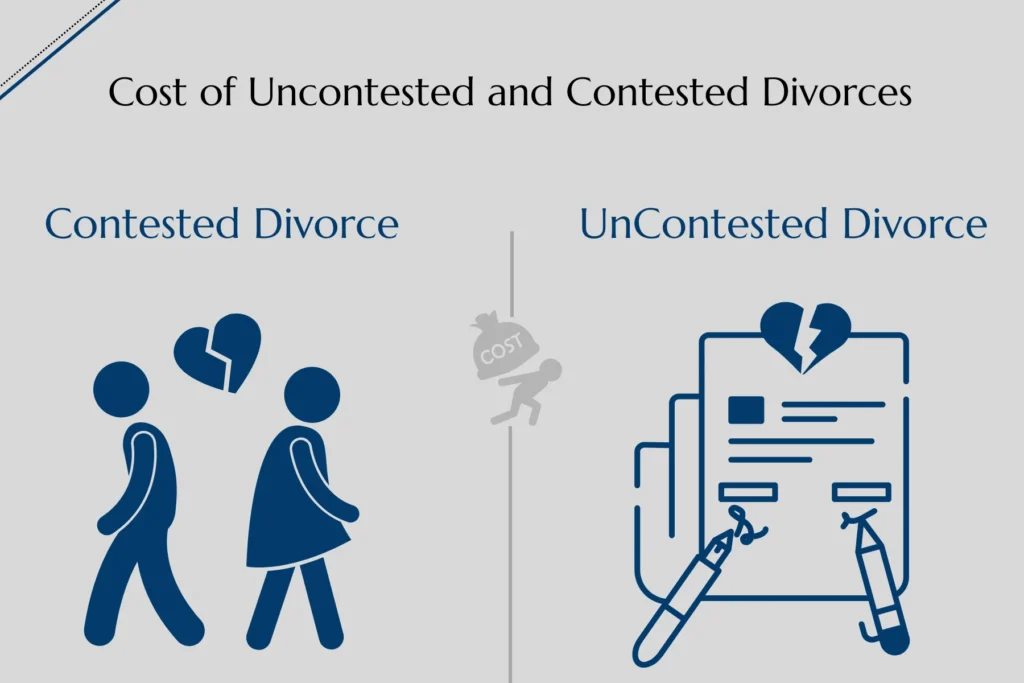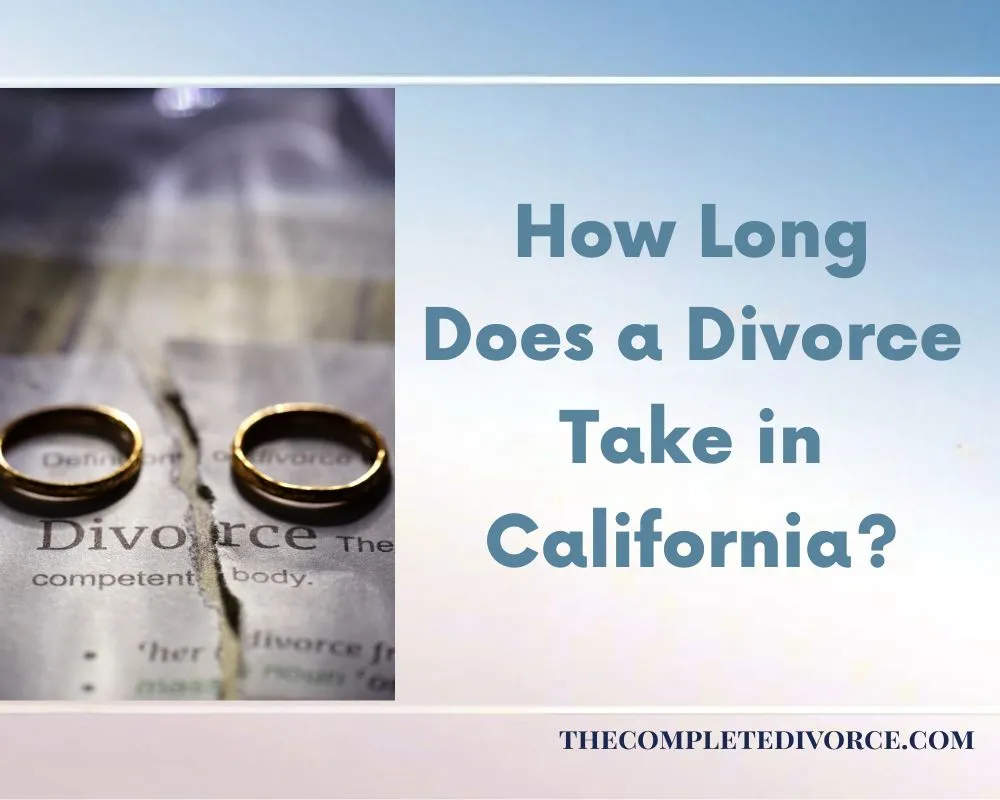
Share
California Divorce Paperwork: The Divorce Expert’s Guide to Filling out FL-140

Dina Haddad
Founder & Attorney Mediator
I’m Dina Haddad, a family law attorney-mediator in California. I’m so tired of couples not having a process that’s easy to complete their divorce. They are getting lost, wasting time and money, and beyond frustrated with their results.That’s why I created TheCompleteDivorce. I took my successful mediation practice and condensed it into an affordable and winning program.

Share
In California, the divorce process involves completing several forms, including Form FL-140 (Declaration of Disclosure).
The FL-140, Declaration of Disclosure, is the party’s statement under penalty of perjury that the party has fully disclosed their finances to the other.
By signing under penalty of perjury, it is equivalent to the party’s testimony being taken in court. The FL-140 also acts as a cover sheet to the party’s actual disclosure documents.
Whether your divorce is contested or uncontested, you will be required to file and serve FL-140, and the corresponding disclosure attachments, to your spouse.
Even if your spouse fails to respond to your divorce petition (i.e. a default), FL-140 is typically required. Failure to complete the FL-140 or improperly filing the form can result in delays in your divorce case, especially if the other spouse discovers your misstep.
In this guide, we will review how to properly complete the FL-140, with detailed instructions and answers to common questions that arise.
Visit The Complete Divorce to check if you’re eligible for online divorce in California.
What Is Form FL-140?
Form FL-140, the Declaration of Disclosure, is a required form in California divorces to make sure both spouses have disclosed their financial information honestly.
Financial information includes income, expenses, assets, and debts. The purpose is to promote transparency and fairness in dividing property or determining support.
You have to complete your FL-140 even if there’s a default (one spouse doesn’t respond to the petition for divorce).
If you do not submit this form, you may experience delays, court sanctions and your divorce judgment will not be filed.
If you are self-represented in your divorce, take time to fill it out correctly because this is one of the steps necessary for a successful divorce.
FL-140 vs. FL-141: What's the Difference?
Although both forms are part of the California disclosure process, FL-140 and FL-141 have totally different functions:
- FL-140 (Declaration of Disclosure): It is the cover sheet for the financial disclosures (income, assets, debts, and expenses). The FL-140 contains specific statements that the party signs under penalty of perjury that the party has disclosed all financial information.
- FL-141: (Declaration Regarding Service of Declaration of Disclosure) It is the proof that you served the FL-140 to the other party.
- The FL-141: It does not contain the financial information. It states the timing in which you served the other party, either the preliminary or final disclosure, and what disclosure forms were completed.
In simple words, FL-140 contains your financial disclosure, and FL-141 proves you served it to your spouse. The court requires both forms – first, complete and file FL-140 with the financial information, then file FL-141 as proof you served it properly.
Given the court’s value of privacy, they do not want parties to file their financial documents in the court when the parties have reached agreements.
Parties may later have to file their financials if they go to a court hearing or trial.
These forms allow the courts to guarantee that each spouse has full transparency in their financial situation and has complied with the legal process.
Later, if there is a dispute between the parties, these forms (or the lack of it) will act as the proof that the party.
How to Fill Out Form FL-140: The Divorce Expert Step-by-Step Guide
Form FL-140 is a critical financial disclosure document in California divorces. Follow these expert-recommended steps to complete it accurately:
Step 1: Attorney/Party Information (Top Section)
- If you have an attorney, the attorney will fill in their name, State Bar number, address, phone, and email.
- If self-represented: write your full name, address, and contact information.
- Attorney for: this is for attorneys to complete. If you are self-represented, you can leave it blank or write in Self-Represented.
Step 2: Court and Case Details
- Superior Court of California, County of: Enter your county (e.g., “Los Angeles”).
- Branch Name: Leave blank unless filing in a specific courthouse branch.
- Case Number: Fill this in if you already have one (otherwise, leave it blank until assigned).
- Petitioner/Respondent Names: Match them exactly as they appear on your divorce petition.
Step 3: Declaration of Disclosure (Checkboxes)
You must complete at least one of these:
- Preliminary Declaration of Disclosure (✔ Check if applicable):
. Required in all cases unless waived (rare).
. Must be served within 60 days of filing the Petition (Petitioner) or Response (Respondent). - Final Declaration of Disclosure (✔ Check if applicable):
. Required before finalizing divorce unless both parties sign FL-144 (Waiver).
. Default cases: Only the Petitioner must file Preliminary (Final is waived).
You cannot check both Preliminary and Final on the same form. You must do a separate FL-140 for each.
Step 4: Attached Documents (Must Include)
Check all that apply and attach:
- FL-142 (Schedule of Assets & Debts) – Lists all property and debts.
- FL-150 (Income & Expense Declaration) – Shows earnings, bills, and expenses.
Tax Returns (Last 2 Years) – Full copies, including W-2s/1099s. - FL-160 (Property Declaration) – If specifying community/quasi-community property.
Other Financial Statements – Any additional relevant financial records.
Step 5: Sign and Date
- Sign under penalty of perjury (no notary needed).
- Type or print your name below the signature line.
- Date when signed.
Critical Reminder:
- FL-140 is NOT filed with the court—serve it to your spouse and file FL-141 as proof.
- False disclosures can lead to penalties, including asset forfeiture or perjury charges.
How To Serve Form FL-140 To Your Partner
Because Form FL-140 has sensitive financial information, the State of California has specific procedures that must be followed for such stages of the divorce process.
First, serve the completed form (with the attachments) to your spouse within 60 days of filing.
You can serve it by personally delivering it or by mailing it through certified mail. If agreed between you and your spouse, you can also use email service.
Just remember, you should never file FL-140 with the court. Instead, you file Form FL-141 to show that you properly served the disclosures on your spouse.
If your spouse is evasive and you cannot serve them, make sure to document your service attempts, and you should consider filing a FL-300 request for court assistance regarding service. Always keep copies, as proper service ensures your divorce proceeds without delays.
Simplify Your Divorce in California
Filing Form FL-140 properly will allow your California divorce to proceed correctly and timely.
You should disclose all financial aspects of your case honestly and accurately, and provide all of the required attachments (FL-142, FL-150, all tax returns) and serve the Form FL-140 (not file it with the court) to your spouse.
Although the process may seem intimidating, simply keeping track of timelines and deadlines will allow you to protect your rights and not incur any penalties.
If you experience issues during the process, take advantage of California’s self-help services or consult a family law attorney like Dina Haddad for directions
Need help filling out California Divorce Paperwork? Visit The Complete Divorce to navigate this phase and check if you’re eligible for online divorce.
FAQ
1. Does FL141 need to be served?
No. FL-141 is filed with the court as proof that you served FL-140 to your spouse. Only FL-140 (financial disclosures) requires actual service to the other party.
2. What is the difference between FL140 and FL141?
- FL-140 contains your financial disclosures.
- FL-141 proves you served those disclosures.
- Both are required but serve different purposes.
3. What is a declaration regarding service of declaration of disclosure?
The FL-141 is the form you file with the court to confirm you properly served your financial disclosures (FL-140) to your spouse, completing this legal requirement.






